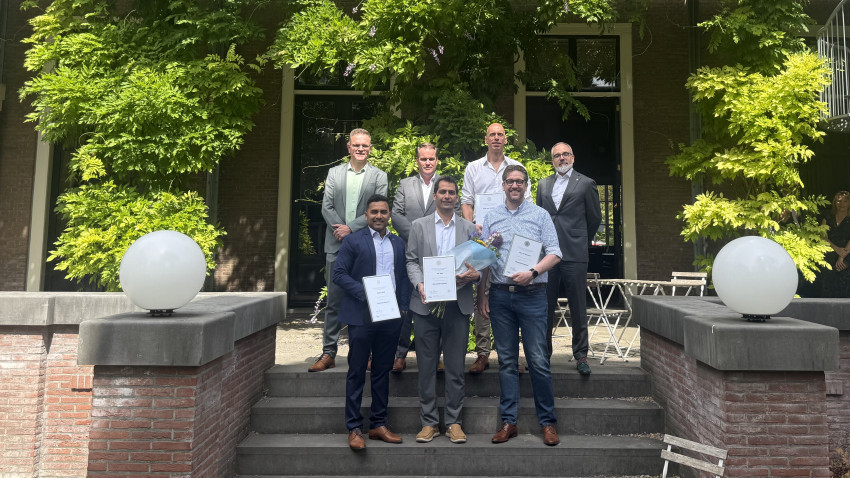
Jenever comes in two varieties: “old” jenever and “young” jenever. This has nothing to do with age and everything with distillation technology.
Jenever comes in two varieties: “old” jenever and “young” jenever. This has nothing to do with age and everything with distillation technology.
Initially there was only one variety: jenever. It was produced by batch distillation of the fermented mash in a pot still. Then, with the introduction of a multi-stage distillation column and especially with continuous distillation, the whole process became so much less expensive that a new drink was borne: “new jenever”. But this was at the cost of taste and flavor, so, despite the cost, people asked for the traditional stuff, which was then called “old jenever”. Finally, new jenever became young jenever as a contrast to old jenever.
Something similar is now happening with “osmosis”. Initially this was a curiosity, that merited a few lines of text in the textbooks. Then, some 40-50 years ago, reverse osmosis became a concept and textbooks started to need pages and pages of explanations of the phenomenon. Today, with millions of cubic meters of desalinated sea water produced each day, nobody in the process engineering field needs to be told what RO is about.
But now the original osmosis is trying to come onto its own. To make sure that you would not think that RO is the subject, it is now called “forward osmosis” or FO. The reverse of the reverse.
ISPT announced in its April newsletter the launch of a project to “develop and optimize FO membranes and modules and test these on pilot scale to concentrate industrial feed streams”. The work is carried out by a consortium of 8 companies and institutions under the coordination of BLUE-tec.
Would that left-over brine from the water desalination (with an osmotic pressure of ~50 bar) be a suitable candidate to pull off this trick?


